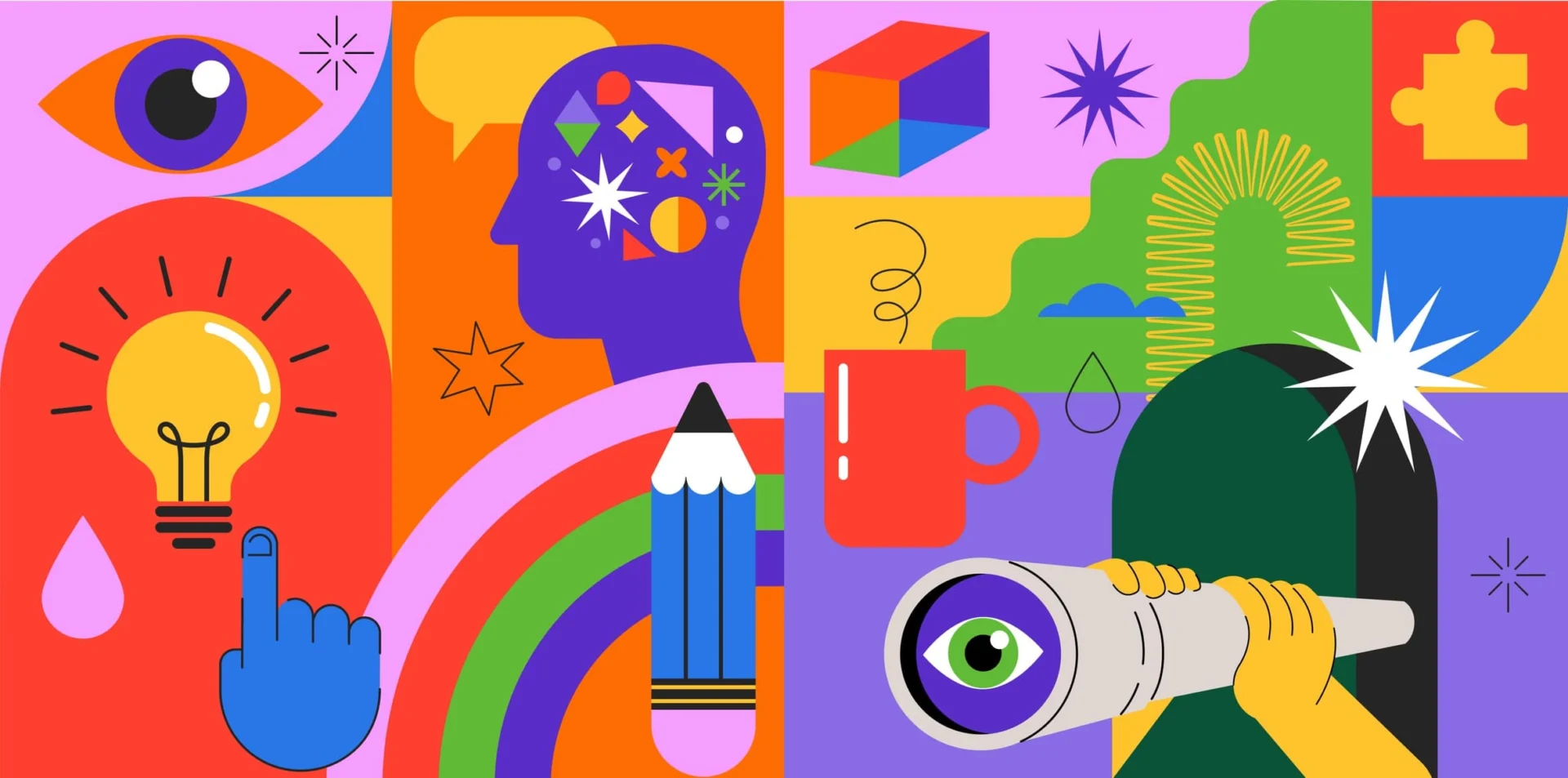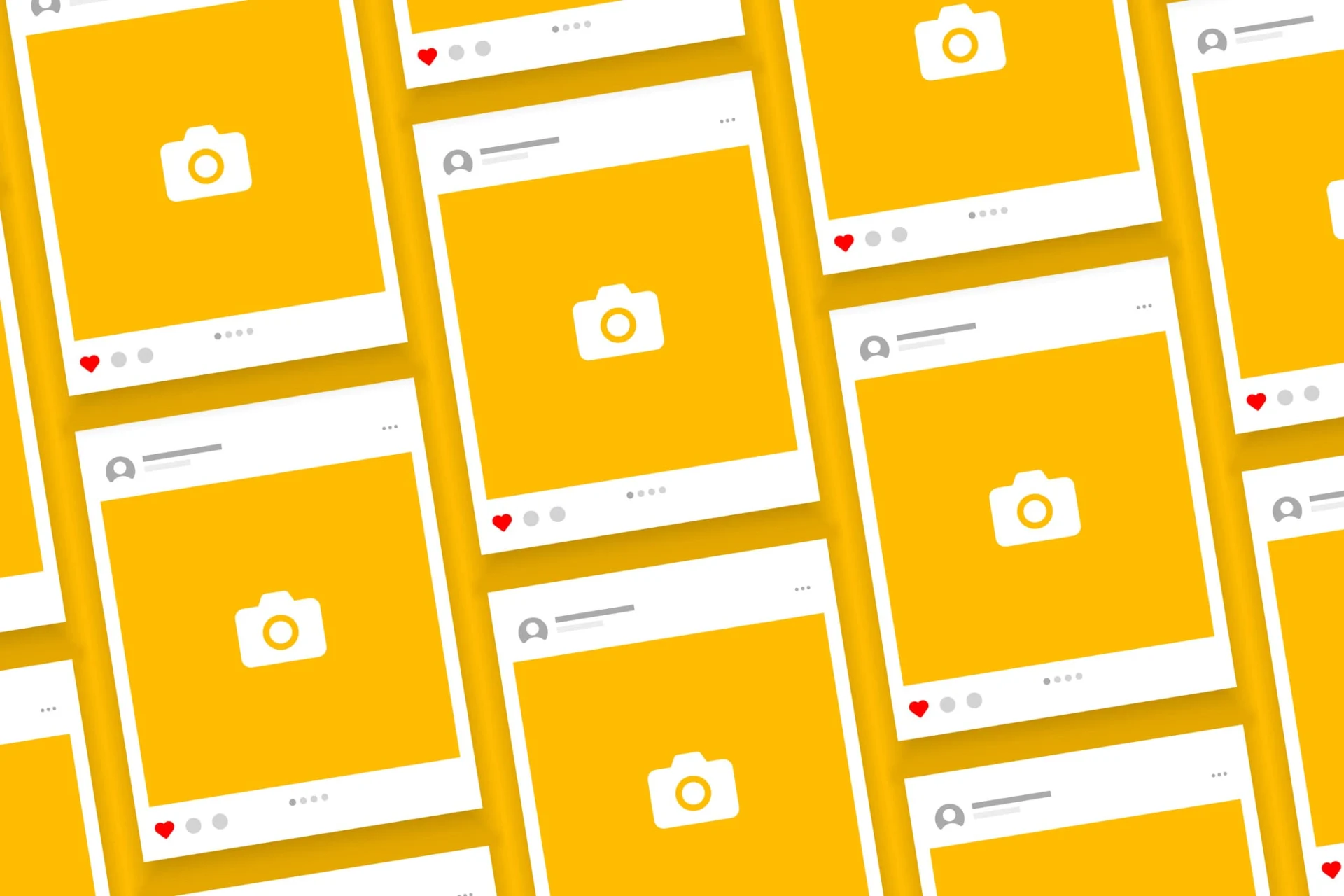Many brands unintentionally weaken their identity without even realizing it, especially when it comes to graphic design. Take your logo, for example—while it might seem like just a simple symbol or color, it’s the foundation of how people perceive your business. And nothing influences such perceptions more quickly than your design. The right visuals can build trust and recognition. The wrong ones? They can quietly unravel all your hard work. Even with the best intentions, a single design mishap can send the wrong message.
Whether it’s on your website, social media, or marketing materials, inconsistent visuals, hard-to-read fonts, and clashing colors can weaken your message, confuse your audience, and erode your brand’s credibility. It’s time to take a closer look at some of the most common design mistakes that quietly sabotage brands and explore simple, strategic ways to fix them.
1. Inconsistent Branding Across Platforms
If your website feels disconnected from your social media, print materials, or packaging, it can make your brand appear disjointed and unprofessional. This lack of cohesion can confuse customers and weaken trust in your business.
The Fix: Develop a comprehensive brand style guide. Include specifications for logo usage, color codes (HEX, RGB, CMYK), fonts, imagery style, and overall design tone. Make sure this guide is easily accessible and is shared with your entire team (including freelancers and contractors) to maintain a consistent brand presence everywhere your business shows up.
2. Overloading on Fonts
While mixing up your font selection can add flair, using too many or pairing the wrong ones can make your design feel cluttered and unprofessional. It can also hurt readability and overwhelm your audience.
The Fix: Limit yourself to two or three fonts – one for headings, one for body text, and maybe an accent font. Choose fonts that complement each other, like mixing a bold font with a simple one or using different styles within the same family. Resources like Google Fonts and FontPair make it easy to find the right combinations.
3. Poor Color Choices
Colors influence how people think and feel. Picking the wrong colors can make your brand seem unreliable or confusing. It can also create problems for those with color blindness or other visual impairments.
The Fix: Choose one main brand color along with a few matching shades. Use basic color theory to learn what different colors convey. Be sure to check the contrast between the text and background to ensure everything is easy to read. Tools like Adobe Color and Coolors can help you create a well-balanced color scheme.
**A Quick Lesson on Color Theory!** Color theory is a set of rules that explains how colors work together and influence feelings. It helps designers create pleasing color combinations that set moods and convey messages. It covers concepts like the color wheel, harmony, contrast, and balance to make designs clear and attractive.
4. Skipping Out on White Space
Trying to pack every inch of your content with text or images can make your design feel cluttered and hard to follow. White space (AKA negative space) gives your layout breathing room and keeps the focus clear.
The Fix: Use margins and padding to create space around different elements. Don’t be afraid of simplicity; white space helps guide the eye and makes your content easier to absorb.
5. Weak Image Quality
Blurry, stretched, or pixelated visuals can make your brand look unprofessional. With today’s high-resolution screens, your audience expects sharper, polished images.
The Fix: Always use high-resolution images that fit the platform you’re designing for. Opt for vector graphics – images made of lines and shapes instead of pixels – so they always appear sharp. If you’re using stock photos, pick ones that feel real and match your brand’s style. Stay far away from ones that are cheesy and overused.
6. Cluttered Layouts
When a layout is too busy, it’s hard for people to know what to focus on. If everything appears flashy, the key part of your layout won’t stand out. Poor alignment and lack of structure can make your message feel messy or tricky to follow.
The Fix: Create a clear visual order using the right mix of font sizes, colors, and spacing. Arrange these elements in a way that guides the viewer’s eye naturally. Use grids and alignment tools to keep everything neat, balanced, and easy to read.
7. Distracting Effects and Filters
Adding shadows, glows, gradients, or filters can add an interesting flair to your design, but when overdone, they can make it feel outdated or distracting.
The Fix: Keep effects minimal and intentional. A subtle touch often makes the biggest impact without overwhelming your design. Focus on clean, modern styles that prioritize clarity and simplicity. Remember, using fewer effects helps maintain a professional look and keeps your message clear. When it comes to effects, less truly is more.
8. Overlooking the User Experience
Design that looks nice but isn’t beneficial to the user misses the mark. Whether it’s text that’s hard to read, confusing buttons, or unclear navigation, poor user experience drives people away.
The Fix: Think from your audience’s perspective. What information do they need? How can you make their experience smoother? Whenever possible, test your designs with real users and take advantage of their feedback. Focus on making your design easy to read, clear, and simple to use…not just visually appealing.
9. Neglecting Mobile
A layout that looks great on a desktop might fall apart on a mobile device or tablet. With most users browsing on mobile these days, ignoring cell phone-friendly design can hurt engagement, leads, and conversions.
The Fix: Prioritize. Responsive. Design. ALWAYS! Use scalable graphics and readable text. Test your layout across different screen sizes to ensure everything looks and functions properly. Make sure buttons are easy to tap and content is clear without having to zoom in. Check out Why Every Small Business Needs A Website That Works On Mobile for more insight on mastering this fix.
10. Design That Doesn’t Match Your Brand
If your visuals don’t match your brand’s personality, they can send the wrong message. A modern, forward-thinking brand shouldn’t use outdated tools or techniques, like clip art, for instance. Nothing screams old more than stock clip art doing a thumbs-up. It’s not retro—it’s just tired. When design and brand values don’t align, credibility suffers.
The Fix: Always revisit and refresh your brand strategy. Clarify your values, tone, and target audience. Your design choices should always support and express those elements, and your visuals should feel true to who you are and the message you’re sharing.
Smart Design Builds Your Business
Graphic design is a powerful tool for communicating your brand’s message. Behind every design decision lies the potential for a major impact. By staying consistent, using fonts and colors that align with your brand, and focusing on clear, user-friendly design, you can create a visual identity that truly connects.
Simplicity, intentionality, and audience awareness go a long way. At Unparalleled Developers, we know that strong graphic design doesn’t just catch the eye; it builds trust, inspires loyalty, and drives real results. Let us help your business become a powerful tool that elevates your brand, not holds it back.


